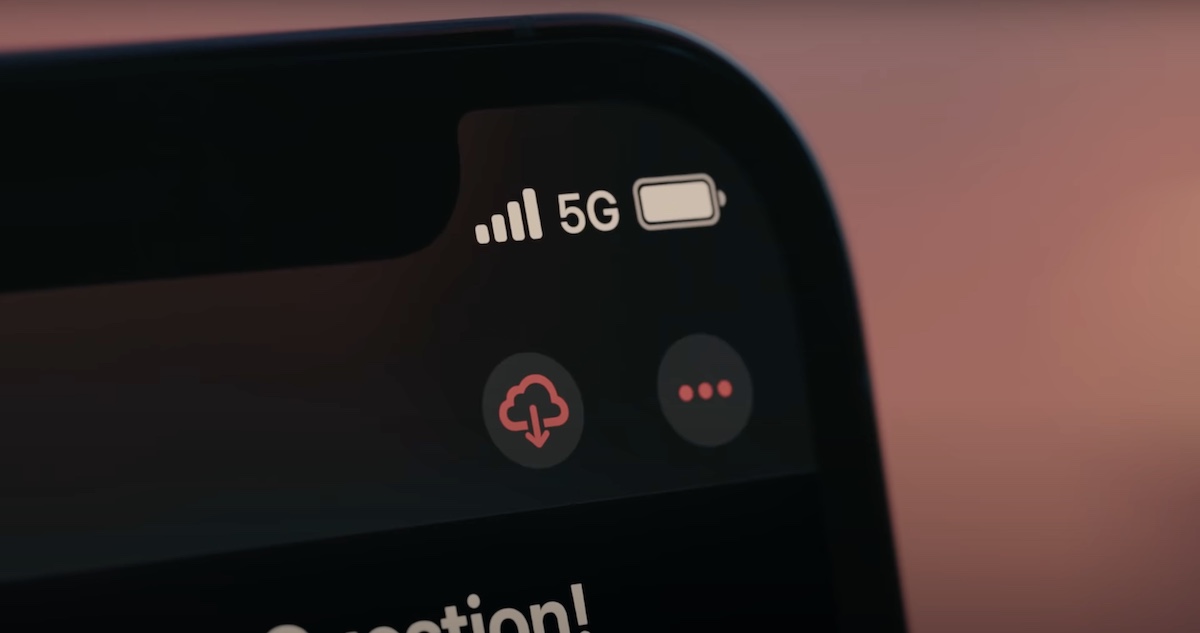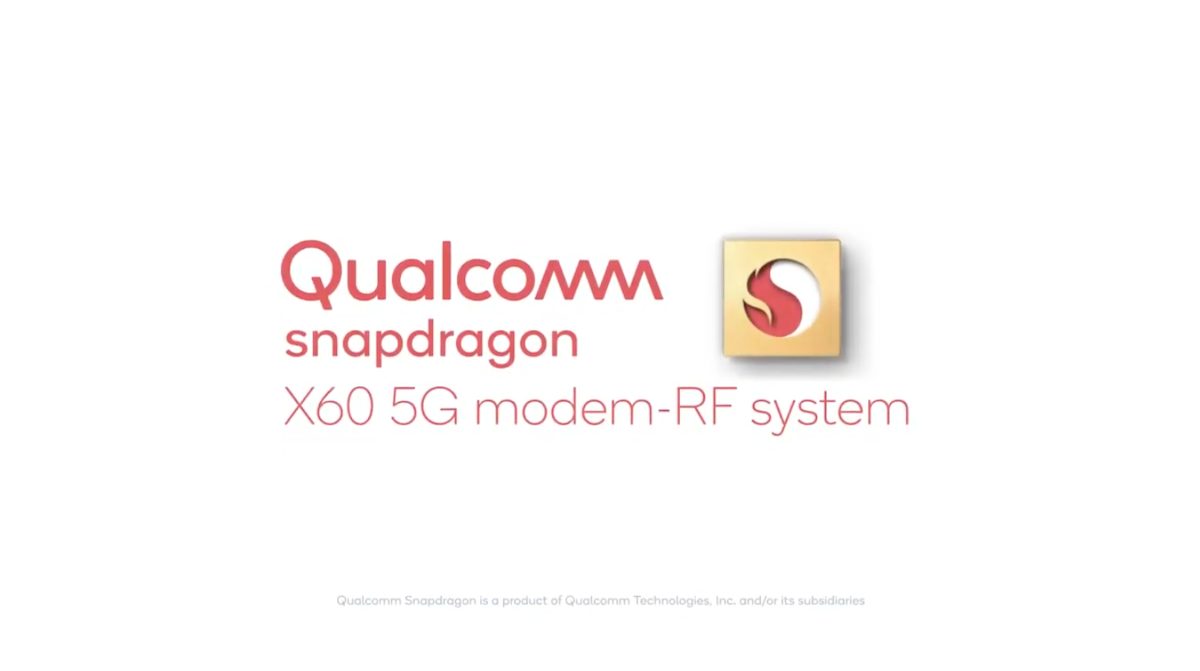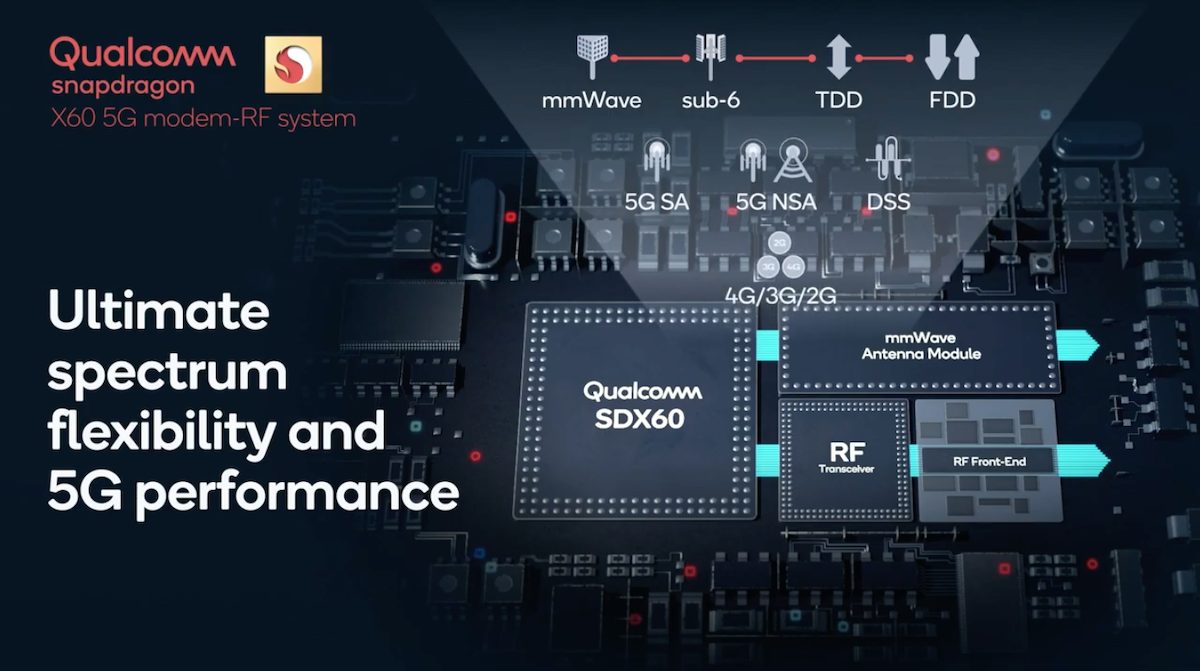DigiTimes reports that in the next-generation iPhone 13 line-up, Apple will use Qualcomm’s next-generation 5G mobile chip, presumably called Snapdragon 895. The latest iPhone 12 series is powered by Qualcomm’s X55 5G modem which offers faster downloads and uploads speeds, HD FaceTime video calling, more responsive gaming, high-quality video streaming, and much more.
The high demand for the iPhone 12 line-up in 2020, boosted Qualcomm’s Q3 2020 earnings so much so to put the American chipset manufacturer in the number one spot in the revenue ranking of global top 10 IC design companies for that fiscal quarter. And iPhone 13 is reported to use a more advanced 5nm Snapdragon X60 Modem for much faster speed and performance.

iPhone 13 will be equipped with Qualcomm’s upcoming Snapdragon X60 5G modem
Although the rollout of 5G coverage around the world has been slow, owing to other reasons but mostly due to the outbreak of the COVID-19 pandemic in 2020, the future cellular technology is 5G. Soon or later, advanced cellular technology will be available and Apple is planning for future iPhones already. DigiTimes reports that iPhone 13 will be equipped with the next-generation Snapdragon X60 Modem built on 5nm process. Expecting that 5G coverage will increase this year, the manufacturer has streamlined the production of its new 5G chipset. The report writes,
“Qualcomm will continue to fabricate its next-generation 5G mobile chip, tentatively dubbed Snapdragon 895, at Samsung Electronics built using an upgraded 5nm process, but may switch to TSMC in 2022 using its 4nm process, according to industry sources.”

Qualcomm explains that the new Snapdragon X60 Modem-RF System is “designed to lift the performance floor for global 5G networks, helping more users around the world get faster 5G, sooner” and it will improve the performance of 5G devices and networks.
- The cutting-edge 5nm process node for the 5G baseband chip packs higher power efficiency into a smaller footprint.
- Support for 5G FDD-TDD sub-6 carrier aggregation helps networks maximize their spectrum resources for coverage and peak speeds.
- Support for 5G TDD-TDD sub-6 carrier aggregation allows SA networks to double peak speeds (compared to Snapdragon X55).

- Introduction of mmWave-sub6 aggregation unlocks a gamut of options for operators to achieve the best of both worlds – network capacity and coverage.
- The new Qualcomm QTM535 mmWave antenna module introduced with Snapdragon X60 is smaller than the previous generation and allows new, sleek mmWave smartphone designs, with improved mmWave performance.
2 comments
Comments are closed.